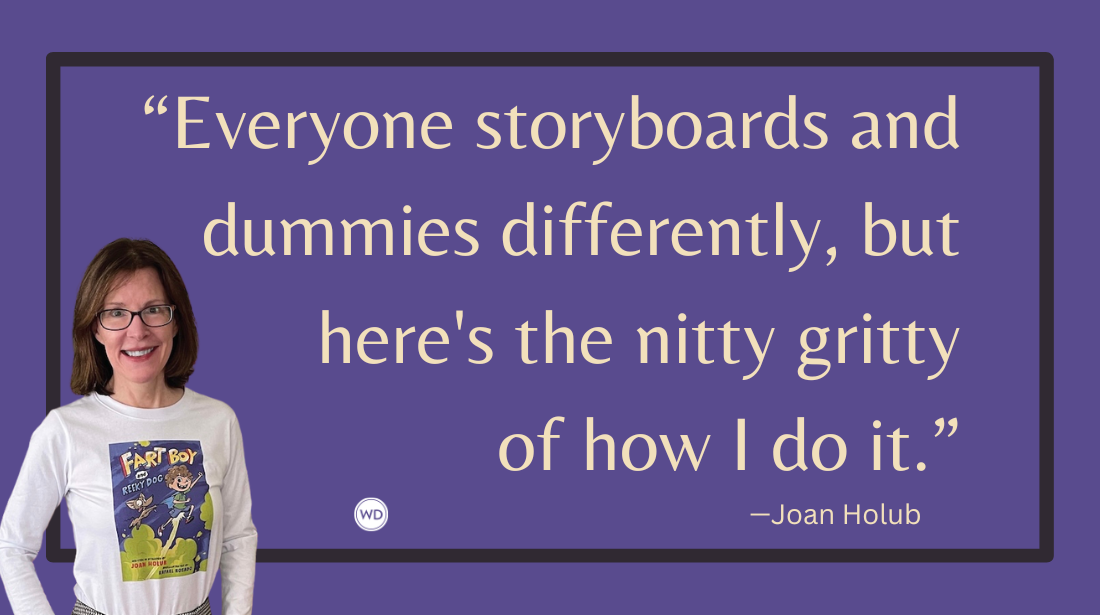3 Tips for Writing Horror Comedy
Horror and humor can create an indelible impression on audiences when they are combined well. Here are three tips for writing horror comedy.
A portion of a window card for the 1927 horror comedy film The Cat and the Canary.
Screaming and laughing may seem like opposite sides of the emotional spectrum, but they’re not. They’re just different sides of the same cursed medallion. Screams and laughter are connected because they are both mechanisms for releasing tension and reacting to surprise. Maybe that’s why horror and humor can create an indelible impression on audiences when they are combined. Getting the mix right can be a tricky business though, so here are three tips I find useful when writing horror comedy.
1. Focus on fear.
When a horror comedy falls down, it’s usually because it’s not really frightening and is, in fact, just a comedy wearing a monster costume. To create a really effective horror comedy, you have to write both a funny comedy and a scary horror story. You can’t neglect the fear.
So start with an idea that actually frightens you. Go to your dark place, mine your nightmares, spend some time staring into the abyss. What are you really afraid of? Is it something physical—like being covered in bugs, or being relentlessly pursued by clowns? Is it something metaphysical—like having your soul slowly sucked away by a cursed spirit, or waking up to discover your consciousness has been transferred into a jelly donut? Is it something emotional—like having someone you love turn out to be a monster, or discovering you really enjoy the taste of human flesh? Whatever the specific fear, dive into it and use it to power your story. Ratcheting up the tension and suspense—really scaring your audience—is the best way to prime them for a laugh. And the best way to scare others is to start with what scares you.
2. Recognize the rules.
Once you’ve isolated the scary soul of your story, think about what kind of horror tale you are about to tell. Is it about a classic supernatural monster? Is it built on the cosmic terror of interdimensional space gods? Is it focused on a spirit-haunted boarding school?
Just like types of monsters, various kinds of horror stories come with specific rules, and you can use these rules to create comedy. A classic vampire can’t walk in the daylight, can’t enter a home unless invited and can’t stand garlic. A standard werewolf story is often a tragedy centered around a brooding, cursed figure who metaphorically represents the struggle between our higher reason and our animal instincts. Knowing the rules of the horror genre allows you to play to them or against them, to exaggerate or break them for comedic effect.
Start by making a quick list of seminal stories that occupy the same subgenre of horror you’ll be working in. Write down the stylistic conventions, tropes and clichés these stories share and think about how you might twist or subvert them in unexpected ways. Can your heroine hold off her vampire attacker with a bag of garlic potato chips? Is your werewolf a totally self-absorbed narcissist?
3. Mix the mundane into the madness.
Horror is a highly stylized genre that gets a lot of its punch by pulling readers into odd, unknown and unreal situations. Ghosts, monsters, serial killers and supernatural occurrences are out of the scope of most people’s normal experience, which is part of what makes them so frightening. It’s also why introducing notes of the mundane and ordinary into terrifying situations can be so funny. Insane, demon worshiping cultists still have to take the occasional break from their sinister plans to wash their underpants, relentless serial killers must occasionally have to suspend the chases for a moment to use the bathroom, and ghosts must spend a fair amount of their time alone and waiting around for someone to scare. What do they get up to when no one is home?
Divining into these dull realities of the unnervingly unreal, imagining the less glamorous bits of unimaginable evil and exploring the boring mechanics of the spirit world are all excellent ways to catch your audience off guard, play against their expectations and create a laugh at the end of a shudder.
*****
Online Course: Comedy Writing Workshop
No matter what genre you write, having comedy writing tools in your toolbox can help you write stronger characters and more engaging stories, enhance your creativity, build a deeper relationship with your audience (everyone loves to laugh), and keep you from rocking back and forth in the fetal position. And we all know that a writer’s job is not done when you type “the end.” Nurturing comedy writing skills can help you connect better with editors and publishers, make you more memorable when you do readings and presentations, and help you market your work. Learn more and register.
Jim Hardison has worked as a writer, screenwriter, animator, and director in entertainment and commercials since graduating from Columbia College of Chicago in 1988. He is the author of The Helm, which YALSA praised as one of 2010’s best graphic novels for young readers. He co-founded Character, LLC in 2000 and has given story advice to many of the world's largest brands, such as Target, Verizon, Samsung, McDonald's, and Walmart, and has even appeared on NBC's "The Apprentice" as an expert adviser on brand characters. Hardison lives in Portland, Oregon with his wife, two kids, and two dogs. Fish Wielder is his first novel.








